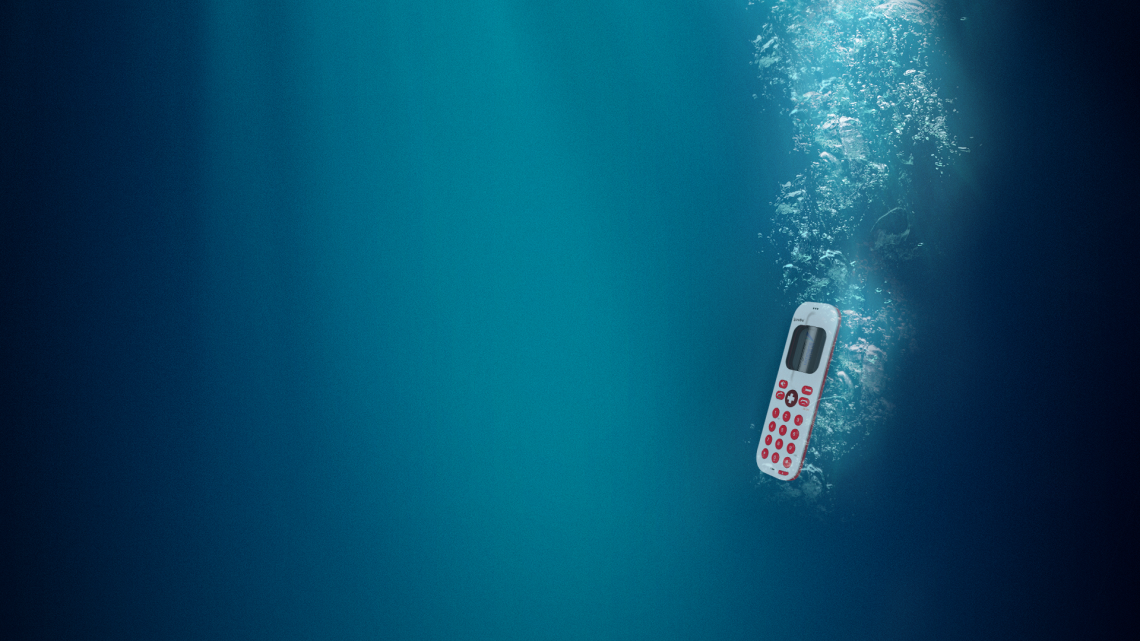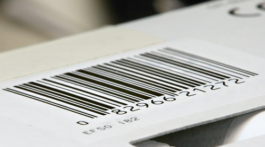Water Resistant or Water Proof?
Having items that are water resistant or water proof is very important to consumers in this day of technology. People always have some type of device with them, and many of those devices are ruined by water and other liquids. Water resistant and water proof both submit to the idea that water will be blocked or stopped from getting to a product. However, each term provides a different level of protection. The two are not interchangeable, as they have two very different definitions.
- Water Resistant – This means that a product or item can resist water up to a certain level. That level varies from one product to another. Some products keep water out for a very long amount of time, and others are only protected from small droplets or a short spray.
- Water Proof – This means that a product or item will repel water consistently. Water will be blocked from entering the product at all times. Something that is water proof is completely protected against water damage.
Water Resistant Fabric
When it comes to fabric, there are various types deemed water resistant. These fabrics are used in a variety of industries in order to ensure protection and safety as the industry professionals complete their jobs. This includes research, medical science, and aquatics. Manufacturing companies that use water resistant fabrics will make rain gear, swimming attire, and protective clothing.
Water resistant fabrics are perfect for helping to keep a person dry while they participate in their jobs or other activities. The fabric will prevent the water from getting inside or between the individual and the clothes. Although some water will inevitably get inside, the fabrics are created to repel the water. In fact, there are some fabrics that are referred to as water repellant. These provide more of a protection for individuals because the weave of the fabric is much tighter. These fabrics appear to have beads of water on them, rather than the wet soak that someone might see otherwise.
Water Resistant Electronics
There are many electronic devices that are labeled as water resistant. While they are safe in a light rain or when a mist hits them once, they are not safe in heavier water. Heavy rainfall, swimming pools, and even doing the dishes with a watch on could ruin a water resistant electronic. Water resistant electronics should never be submerged in water, as they will not resist the liquid for a very long time.
Water Proof Electronics
The term “water proof” is not used too commonly. This is because the FTC came down on companies using the term, making them more accountable for accurate labeling and advertising. This is a good thing for consumers, as they will not be able to purchase something with certain expectations, only to have the device destroyed. While this is true for some electronics, there are others that are truly water proof. This includes underwater cameras, watches specifically made for swimmers, and other similar devices. These electronics can be used on a daily basis, whether submerged in water or not.
Understanding the difference between water resistant and water proof will help consumers make more informed decisions as to which products to purchase. Water resistant materials should never be submerged in water, but water proof materials do well in water. Knowing this can save someone a headache when they are participating in activities involving water.





